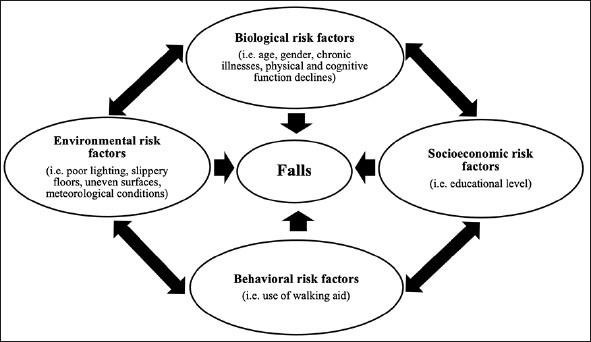Before administering a medication to a client, the nurse must identify the client. Which of the following methods of identification should the nurse use?
Ask the client's full name and date of birth.
Ask a family member to verify the client's identity.
Verify the client's room number.
Check the client's name on the medication administration record (MAR).
The Correct Answer is A
A. This is the correct method for identifying the client before administering medication.
Asking for the client's full name and date of birth is a standard and effective way to ensure that the right medication is given to the right person.
B. Depending solely on a family member to verify the client's identity is not considered a reliable method. While involving family members can be helpful in certain situations, the primary responsibility lies with the nurse to directly confirm the client's identity.
C. Verifying the client's room number is not a sufficient method of client identification.
Room numbers can change, and it's possible for clients to be moved, so relying on this alone is not considered safe practice.
D. Checking the client's name on the medication administration record (MAR) is an important step in medication administration, but it is not the initial method of identifying the client. It's used to confirm that the right medication is being administered to the right person after the client's identity has been established through direct interaction and confirmation.
Nursing Test Bank
Naxlex Comprehensive Predictor Exams
Related Questions
Correct Answer is B
Explanation
A. Requesting a prescription for an indwelling urinary catheter should be considered a last resort. Catheters come with risks of infection and other complications, so they should only be used when other interventions have failed.
B. Taking the client to the bathroom every 2 hours is a proactive approach to managing urinary incontinence in older adults with dementia. This helps ensure that the client has regular opportunities to empty their bladder, reducing the likelihood of accidents.
C. Reminding the client to tell the nurse when he has to urinate may not be effective in clients with dementia, as they may have difficulty recognizing or communicating their need to urinate.
D. Using adult diapers should also be considered a last resort and should not be the primary intervention. While they can provide a temporary solution, they do not address the underlying issue and can contribute to skin problems if not changed frequently.
Correct Answer is ["A","D","E"]
Explanation
A. Keeping the client's bed in the lowest position helps minimize the potential fall distance if the client attempts to get out of bed.
B. Assessing the client every 4 hours is a good practice for general monitoring but may not be specific to fall prevention. More frequent assessments may be necessary for a client at high risk for falls.
C. Keeping the client's room dark at night can actually increase the risk of falls. It's important to ensure there is adequate lighting to help the client navigate safely.
D. Teaching the client to use the call light allows them to request assistance when needed, reducing the likelihood of attempting to move or get out of bed independently.
E. Placing a fall-risk identification band on the client's wrist helps alert all healthcare providers that the client is at risk for falls. This information is crucial for ensuring appropriate precautions are taken.

Whether you are a student looking to ace your exams or a practicing nurse seeking to enhance your expertise , our nursing education contents will empower you with the confidence and competence to make a difference in the lives of patients and become a respected leader in the healthcare field.
Visit Naxlex, invest in your future and unlock endless possibilities with our unparalleled nursing education contents today
Report Wrong Answer on the Current Question
Do you disagree with the answer? If yes, what is your expected answer? Explain.
Kindly be descriptive with the issue you are facing.
